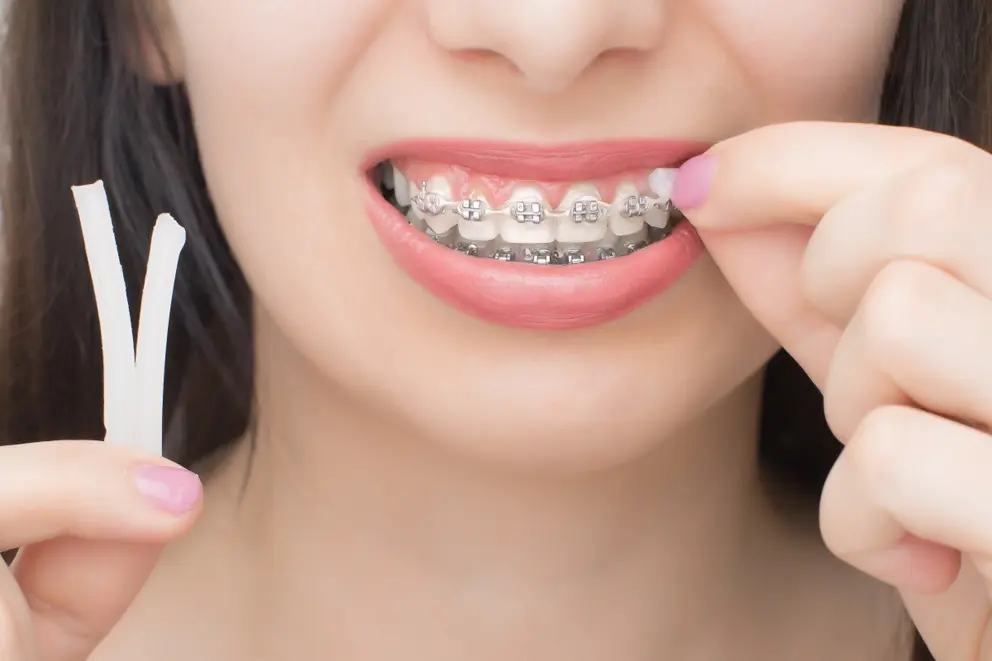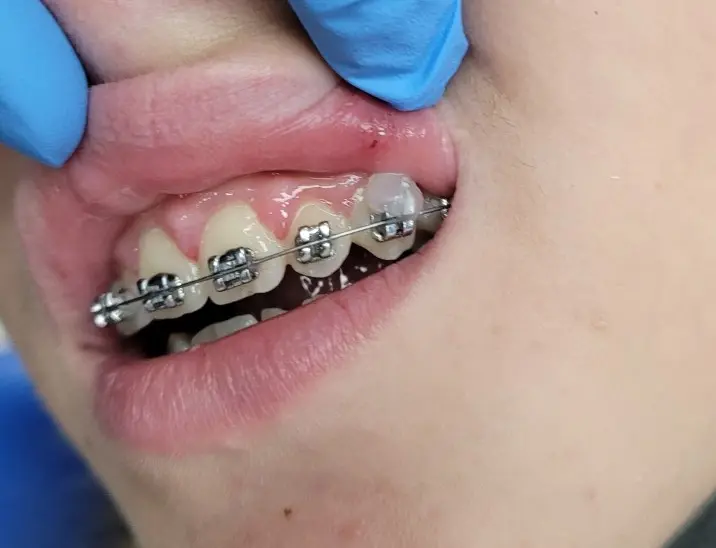Can You Eat Cereal With Braces?
Cereal has been a breakfast staple for decades. Many of us enjoy a nice bowl of our favorite cereals to eat for breakfast. However, if you have braces, you may be wondering if you can enjoy your favorite cereal.

In the initial days of wearing braces or after adjustments, you might feel some discomfort. This discomfort often manifests as soreness and swelling. Don’t worry, these symptoms usually subside after a few days. However, if the discomfort persists or becomes unbearable, you might be wondering what to do.
That’s where our orthodontic wax usage guide comes in. We’ve created this guide to help you understand and effectively use one of the most common remedies provided by orthodontists - orthodontic braces wax.
In the following sections, we’ll explain what orthodontic wax is, how to apply the wax properly, and discuss any potential health risks. This guide aims to provide a comprehensive overview of ortho wax usage, ensuring you can navigate the journey of wearing braces with ease and comfort.

Orthodontic braces wax is commonly made from paraffin, beeswax, or carnauba wax, which are all analgesic substances that naturally promote pain relief when topically applied. That is usually flavorless, unless advertised, and solid at room temperature; if it’s warmer or cooler than that though, it’s not the end of the world, as the natural warmth of your hands should sufficiently soften it.
Not only will this wax ease pain, but hold damaged brackets or wires in place until you can get the appliance fixed at an emergency orthodontic repair appointment. The warmth will allow the wax to apply seamlessly. To use and apply orthodontic wax properly, you should:

If you accidentally swallow orthodontic wax, it's safe. Orthodontic wax is non-toxic and won't harm you. But, eating a lot of wax isn't good. It's not nutritious or tasty. For better options, look for braces-friendly foods. Remember, the safe swallowing of orthodontic wax is okay in small amounts.

If you have a dairy allergy or Celiac Disease, you might wonder about braces wax. Orthodontic wax is usually safe for you.
Most kinds are gluten-free and dairy-free. They don't often cause bad reactions. For those with lingual braces, this gluten-free orthodontic wax works well too.
Check the labels on gluten and dairy-free dental wax for braces, as they might contain other ingredients. Read these labels and online reviews to learn how others apply dental wax. If you're unsure, ask your orthodontist for advice on the best dental wax for your needs.

Most wax products, including orthodontic wax, don't expire if you store them right. They can stay good for over 10 years.
But, orthodontic wax can get hard and lose its stickiness if you leave it out. Always store your wax well and keep the container closed when not using it. This helps avoid problems with orthodontic wax expiration and storage.

You can buy dental wax for braces online, at a local pharmacy, or from your orthodontist. This wax is affordable, no matter where you purchase it. It is used with different types of braces, like traditional metal braces, ceramic braces, and Invisalign.
While there's not a big difference between buying it from an orthodontist or over the counter, we still suggest getting it from an orthodontist.
If you need braces wax, it's best to ask a skilled orthodontist. They know what's safest and most effective for your braces. This way, you get the right help and might even save money.
Always talk to your orthodontist with any questions about your teeth or braces. They're there to help, especially in urgent situations.
Remember, before going to their office, apply a small ball of braces wax to any bothersome wires or brackets. This step is important for the care of your dental appliances, including orthodontic appliances.
Don't forget to regularly brush and floss as part of your orthodontic treatment. This keeps your braces brackets clean and your mouth healthy.